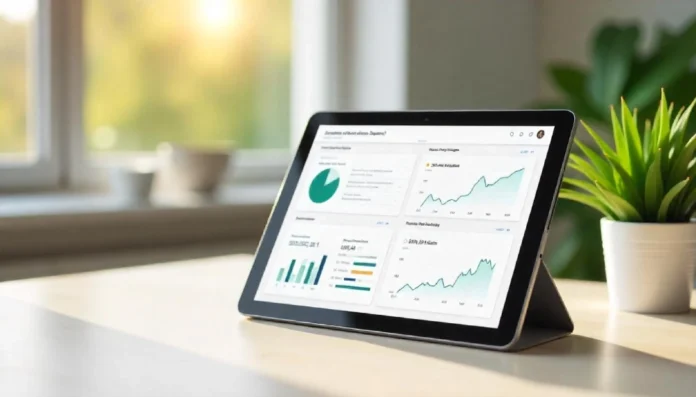People with dysphagia must manage their swallowing disorder to prevent complications such as malnutrition and aspiration pneumonia. They should work with speech-language pathologists to develop a treatment plan. Additionally, applying the following practical tips will be helpful.
Modify the Diet
The first thing most speech-language pathologists suggest when a patient is diagnosed with dysphagia is diet modification. Altering the consistency of food and drinks with the help of products like SimplyThick can make swallowing safer and easier. Doing so minimizes the risk of aspiration. However, thickened liquids may lead to dehydration, so it is essential to follow the least restrictive diet possible.
Chin Tuck
Some individuals with dysphagia find that food and liquids enter the pharynx too quickly. They might struggle to protect the airway when they swallow. Performing a chin tuck while swallowing can help prevent these issues. The person tucks their chin toward their chest when they swallow to expand the vallecula and protect the airway, reducing the risk of aspiration.
Head Turn
Individuals who have a weak throat on only one side and those with impaired vocal cord closure find that turning their head to the weaker side helps them swallow more easily. The bolus moves to the strong side to ease the swallowing process. However, individuals with a weak throat on both sides and those with neck limitations should avoid using the head turn, as it may not produce the desired result. Use this move in conjunction with the Mendelsohn Maneuver to protect the airway and enhance the swallow’s efficiency.
Double Swallow
People with dysphagia should always swallow twice after taking a bite or sip to ensure all food and liquids move down the throat. Individuals who struggle with incomplete bolus clearance or pharyngeal residue benefit from using this technique. However, if they are overly tired or cannot repeatedly swallow, this move will only frustrate them.
Small Bites and Sips
Individuals with swallowing disorders should take small bites and sips. Doing so makes it easier to swallow safely, particularly if they are prone to aspiration, but this technique alone may not be enough for a person with severe dysphagia. It’s essential to consult with a speech-language pathologist to determine which methods will be most beneficial. A person might need to take small bites and sips in conjunction with other techniques to swallow safely.
Liquid Wash
Men and women who suffer from dry mouth or pharyngeal residue should follow each bite of solid food with a sip of liquid. Doing so helps clear any remaining food from the mouth and throat. Additionally, washing the mouth after each bite helps reduce the risk of malnutrition and dehydration. Any food residue will be completely cleared, which increases the efficiency of each swallow. Again, individuals at high risk of aspiration should consult their medical team before using this technique to ensure it won’t cause more harm than good.
Eat While Sitting Upright
Maintain an upright posture while eating and for a short period after meals to minimize the risk of aspiration. This position also helps to move food down the throat and through the digestive system. People with GERD benefit greatly from staying upright while eating and for a period after the meal is complete.
Individuals should always work with their medical teams to identify the techniques that will be most beneficial. They also need to alert their teams when new symptoms appear or the methods no longer appear to be working. When everyone works together, managing dysphagia becomes much easier.



